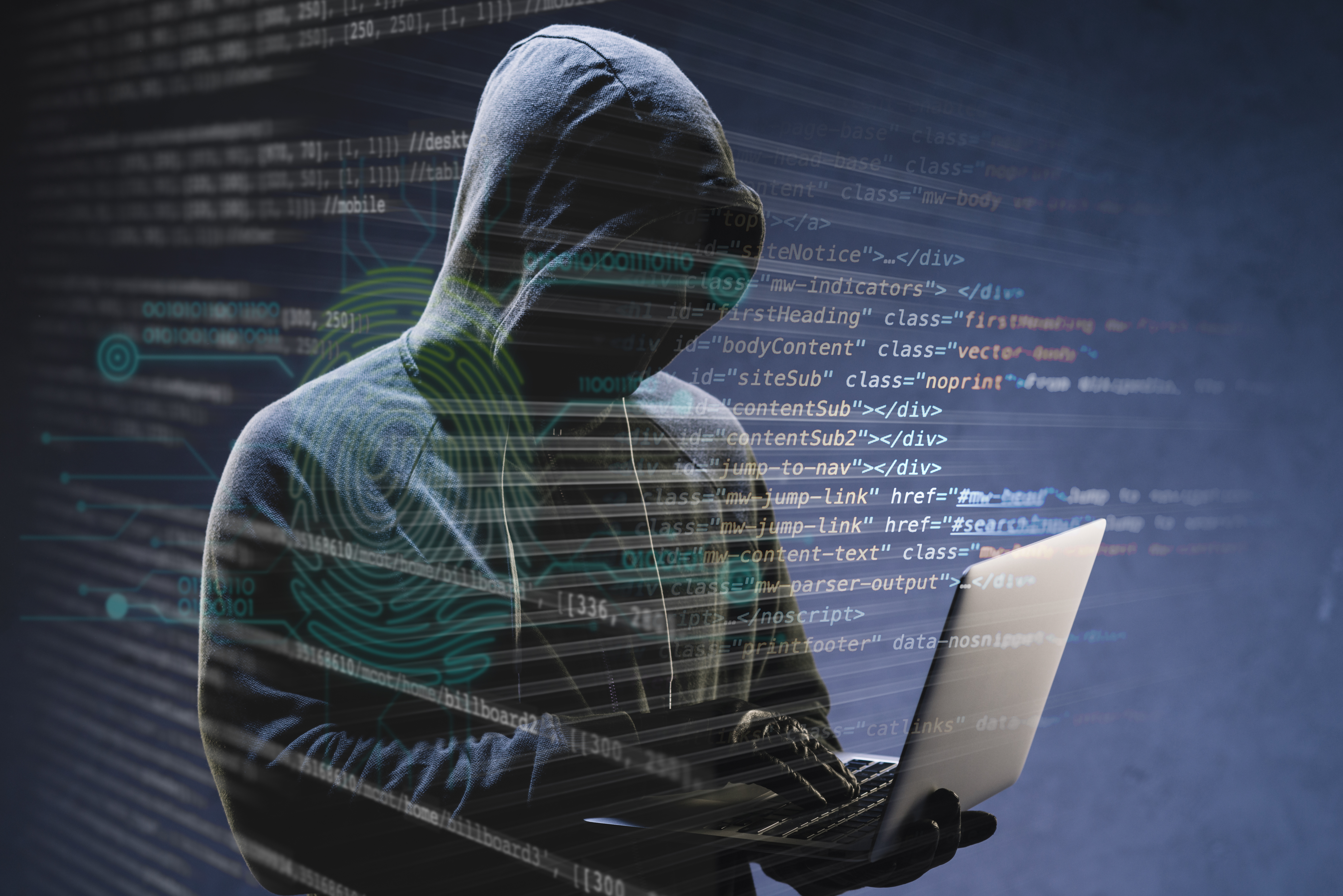
SOAR: What Are You Really Looking For? – Part I
The SecuRetain team has recently completed a comprehensive 6-part series designed to help organizations prepare for GDPR and CCPA compliance. Our Malware/Ransomware 4-part series followed, focusing on strategies for organizations to protect against these growing cyber threats. This week, we’re shifting gears to tackle a crucial topic: SOAR (Security Orchestration, Automation, and Response).
In the ever-evolving world of cybersecurity, SOAR is becoming a game-changer. Coined by Gartner, SOAR is a term used to describe the convergence of three key technologies: Security Orchestration and Automation, Security Incident Response Platforms (SIRP), and Threat Intelligence Platforms (TIP). This approach promises to elevate efficiency, effectiveness, and consistency in security operations and incident response, allowing security teams to respond faster, smarter, and more effectively.

Breaking Down SOAR: The Three Core Components
- Security Orchestration Security Orchestration focuses on seamless integration and communication between multiple security tools. It establishes repeatable, enforceable, measurable, and effective incident response workflows. This integration is key to remediating vulnerabilities and provides a structured framework for collaboration, reporting, and incident management.
- Security Incident Response Incident Response technologies help organizations plan, track, and manage responses to confirmed security incidents. These tools support all stages of incident management, from triage and containment to remediation, ensuring that every alert is handled swiftly and appropriately.
- Security Operations Automation Automation is at the heart of SOAR. By utilizing playbooks (linear task sequences) and runbooks (decision-based conditional actions), SOAR automates routine processes, policies, and reporting tasks. This automation significantly reduces manual workloads, enabling teams to focus on higher-priority threats and more complex tasks.
SOAR vs. SIEM: What's the Difference?
While SIEM (Security Information and Event Management) and SOAR might sound similar, their roles are distinct:
- SIEM collects, aggregates, and analyzes data from various security devices and sources to identify potential threats. It provides alerts based on identified patterns but requires regular updates and fine-tuning to remain effective. Response to SIEM alerts is typically manual, involving actions like blocking activities or running vulnerability scans.
- SOAR, on the other hand, acts like robotic process automation for security operations. While SIEM identifies threats, SOAR automates and orchestrates the response to those threats. SOAR systems integrate data gathering, case management, workflow automation, and analytics to implement defense-in-depth capabilities, enabling teams to handle large volumes of alerts with minimal manual intervention.
How SOAR Enhances Incident Response
SOAR platforms integrate with existing security tools, such as SIEM, to streamline the incident response process. Here's how it works:
- Automated Responses: SOAR automatically responds to security alerts by triggering the appropriate actions through playbooks and runbooks tailored to the specific threat.
- Reduced Analyst Workload: By automating routine tasks, SOAR frees up security analysts to focus on more complex or high-priority incidents, like in-depth threat analysis.
- One-Click Execution: With multiple playbooks and runbooks built into the platform, SOAR allows teams to respond to threats with a single click or fully automated actions, drastically speeding up the response time.
Why SOAR is Crucial for Modern SOCs
According to Gartner, by 2022, 30% of organizations with security teams larger than five people will leverage SOAR tools in their operations up from less than 5% today. Why? Because Security Operations Centers (SOCs) are overwhelmed. They're understaffed, overworked, and constantly flooded with alerts from SIEM and other sources. SOAR tools address this challenge by automating routine tasks, improving efficiency, and allowing SOC teams to scale their operations without additional personnel.
Leave a comment
Related Posts

Is Your Business Prepared? Key Steps for Disaster Recovery & Continuity Certification
But how does it relate to Disaster Recovery (DR), and why are they often misunderstood or misaligned? Let's break it down:

Artificial Intelligence Governance Part I
It's becoming increasingly clear that most new cybersecurity products involve some form of machine learning (ML) or artificial intelligence (AI).

How Can We Prevent, Detect, and Recover from Cyberattacks?
A thorough investigation of cyberattacks underscores the considerable damage these incidents can cause. Below are several key points that can help organizations identify potential threat actors.
